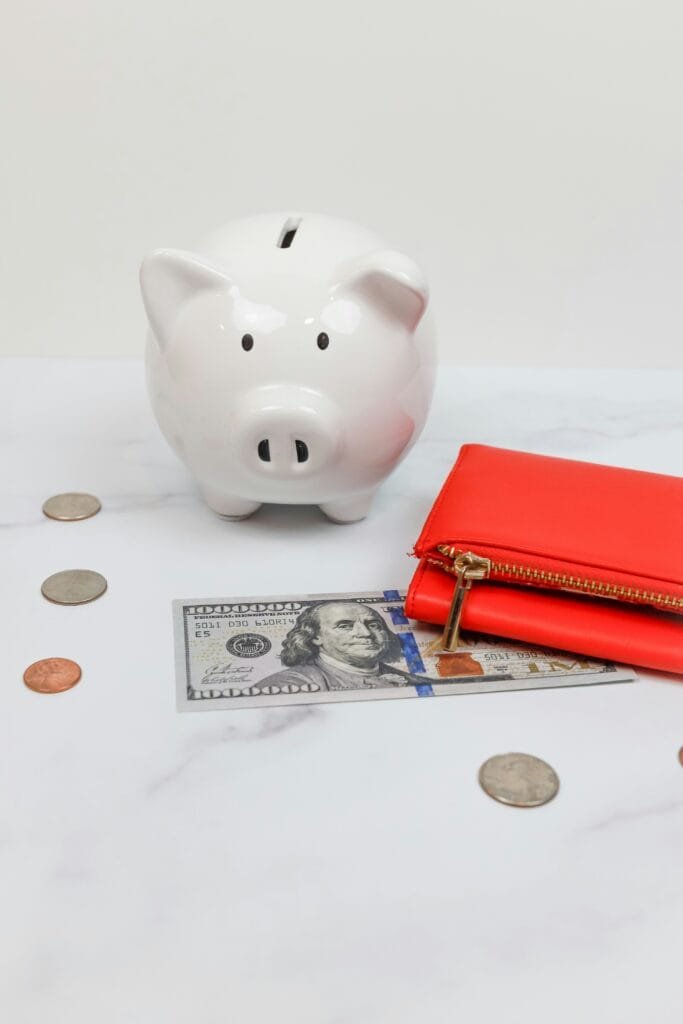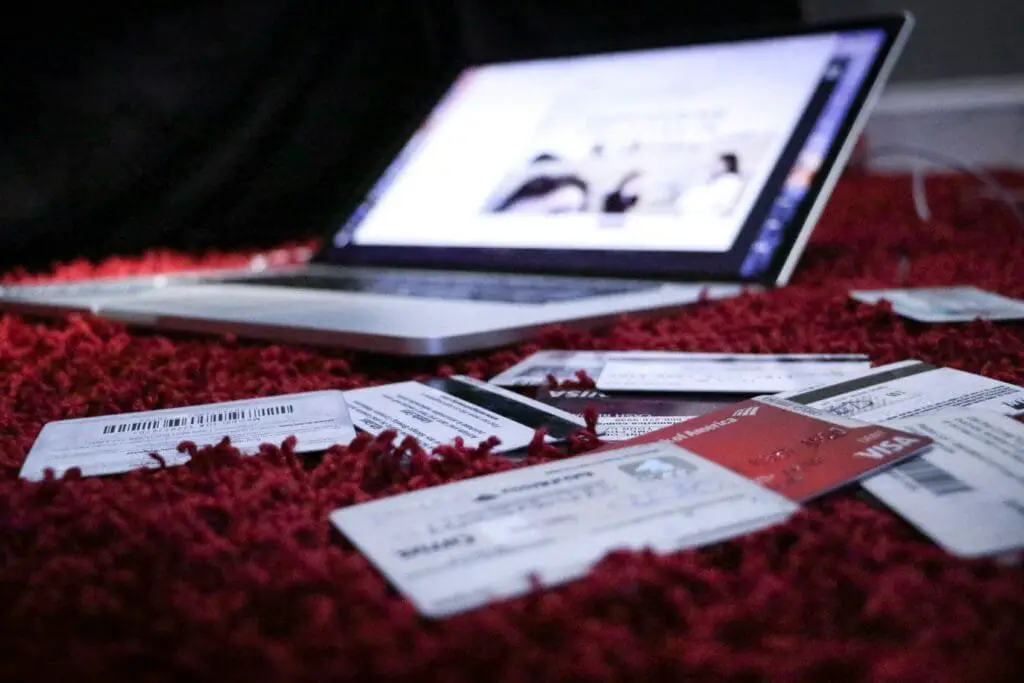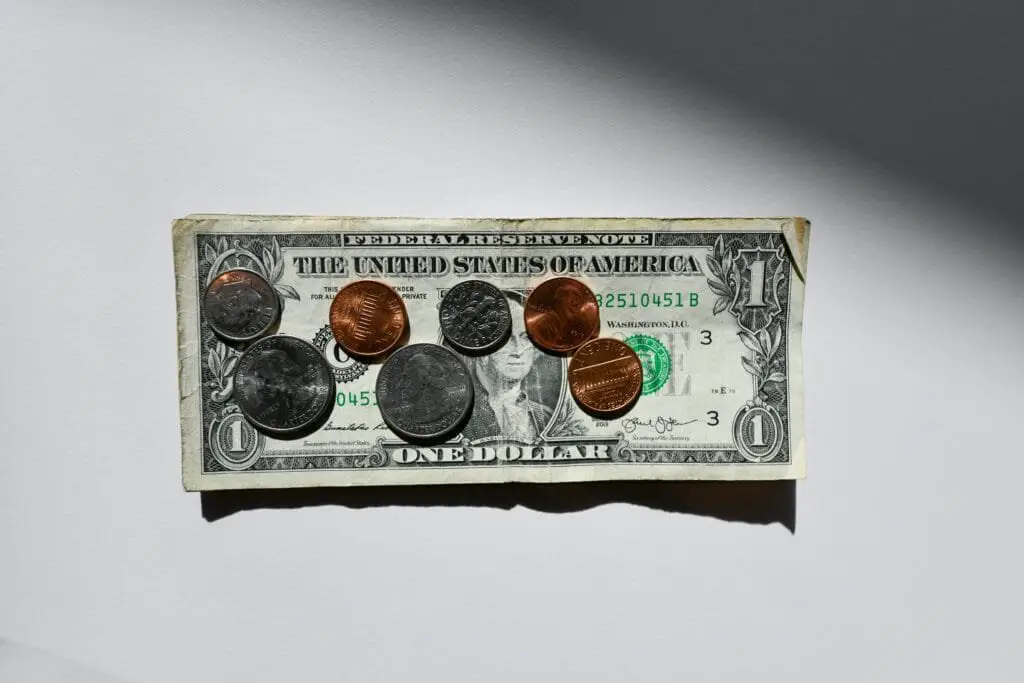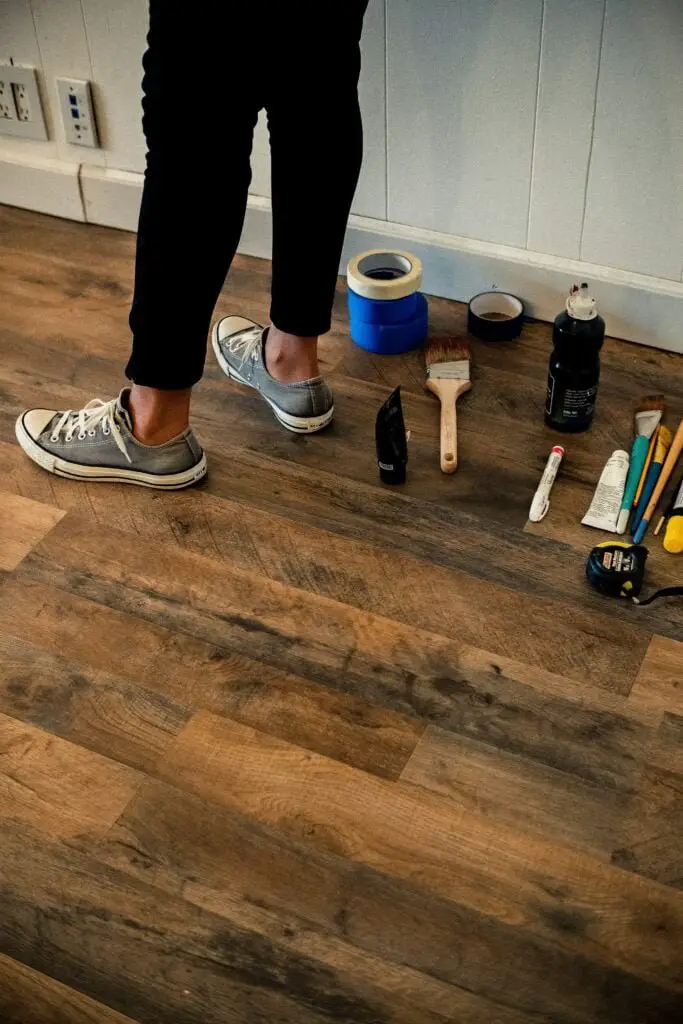With all the modern advice on money management, it’s easy to forget that some of the best financial wisdom comes from a simpler time. The 1950s might feel like a completely different world, but many of the financial lessons from that era are more relevant today than ever. Want to get your finances in order? Let’s look at seven old-school money lessons from the 1950s that could solve a lot of the problems we face today.
1. Live Below Your Means

Back in the 1950s, there wasn’t an obsession with keeping up with the Joneses—or in today’s world, the Instagram influencers. People lived within their means and avoided unnecessary luxuries. If they couldn’t afford something, they simply didn’t buy it. Today, with easy access to credit, it’s tempting to stretch our budgets thin, but the 1950s mindset of spending less than you earn can keep you from drowning in debt.
2. Save First, Spend Later

In the 1950s, saving money wasn’t an afterthought; it was the first priority. People would set aside a portion of their paycheck for savings before spending on anything else. It’s a simple but powerful habit. Today, many of us spend first and save whatever’s left (if anything). Shifting back to a “save first” mentality could help build financial security much faster than the other way around.
3. Avoid Debt Like the Plague

Credit cards were a rarity in the 1950s, and most people didn’t borrow money unless it was absolutely necessary. The idea of using credit for everyday purchases was unthinkable. Instead, people saved up for the things they wanted. Today, debt is everywhere, from student loans to credit cards, but taking a page from the 1950s and avoiding debt wherever possible can help you break free from the cycle of interest payments and financial stress.
4. Pay with Cash (Or What You Have)

In the ‘50s, cash was king. People paid for things with money they physically had. This practice made it much easier to control spending because once the cash was gone, the spending stopped. Today, with credit cards, digital wallets, and “buy now, pay later” options, it’s easy to lose track of how much you’re spending. Going back to a cash-first approach—even if it’s just a mental shift—can make it easier to stick to a budget.
5. Have a Rainy Day Fund

The concept of an emergency fund wasn’t just financial advice back then; it was a way of life. People knew that unexpected things—like a medical issue or car repair—would pop up, and they saved accordingly. Having three to six months’ worth of living expenses tucked away in a rainy day fund was standard practice. Today, with so many people living paycheck to paycheck, rebuilding this habit could save a lot of financial headaches down the road.
6. Repair, Don’t Replace

In the 1950s, if something broke, you fixed it. Whether it was a toaster, a car, or a pair of shoes, people didn’t run out to buy the latest model—they repaired what they already had. Today’s throwaway culture has us constantly replacing gadgets, clothes, and even furniture. Adopting a 1950s mindset of “repair, don’t replace” could lead to major savings and help you get more value out of the things you already own.
7. Budget for Big Purchases

Back in the day, there was no such thing as impulse buying a big-ticket item. Whether it was a new TV or a family vacation, people budgeted and saved for large expenses well in advance. Today, it’s easy to put those purchases on a credit card or take out financing. But planning for major purchases and saving up for them—just like in the 1950s—can help you avoid unnecessary debt and keep your finances on track.
8. Prioritize Family Finances Together

In the 1950s, finances were often a family affair. Couples sat down together to discuss budgeting, savings goals, and big purchases, making it a shared responsibility. Today, financial conversations can be avoided or left to one person in the household, leading to misunderstandings and misalignment. Bringing back the habit of having regular family money meetings ensures everyone is on the same page and working toward shared goals. Plus, it sets a strong foundation for the next generation to understand and value money management.
9. Share One Car

Owning multiple cars was a luxury that most families couldn’t afford in the 1950s. Instead, they made do with one vehicle, or in some cases, none at all—relying on walking, biking, or public transportation to get around. Today, many households have two or more cars, along with the extra expenses that come with them. Cutting down to one vehicle or exploring alternative transportation options could save thousands each year on gas, insurance, and maintenance.
10. Pack Your Lunches and Skip the Cafes

Bringing a packed lunch from home was the norm in the 1950s—both for kids and adults. Eating out was considered a rare treat, not a daily occurrence. Today, with the rise of food delivery apps and trendy coffee shops, it’s easy to spend a small fortune on meals and snacks. By packing your lunch and brewing your coffee at home, you could save hundreds, if not thousands, over the course of a year.
11. Hand-Me-Downs Were a Staple

Kids’ wardrobes in the 1950s were often filled with hand-me-downs from older siblings or cousins, and it wasn’t just children who benefited. Parents also shared clothing and household items among friends and family. This thrifty practice helped families save on clothing costs and reduce waste. Applying this habit today by swapping clothes with family or shopping second-hand can help you stretch your budget while still keeping your wardrobe fresh.
12. DIY for Home and Garden

In the 1950s, hiring someone to do home repairs or lawn maintenance was reserved for major issues. People learned to handle small repairs, paint their own walls, and even grow their own food. This self-sufficiency saved them thousands over the years. Instead of calling in a professional for every minor issue, consider doing it yourself where possible. With all the online tutorials available, you might be surprised by how much you can tackle yourself—and how much you can save.
13. Stick to the Essentials

Minimalism wasn’t a buzzword back then, but it was a way of life. People didn’t have a lot of excess “stuff.” They purchased what they needed and little more, making their homes functional and clutter-free. Today’s consumer culture pushes us to accumulate more than we need, but taking a cue from the ‘50s and sticking to the essentials can cut back on spending and reduce stress. When you’re focused on buying only what adds value to your life, you’ll find you need—and spend—less.
14. Skip the Expensive Vacations

Family vacations in the 1950s were simple. Instead of extravagant trips to faraway destinations, many families opted for local camping trips or road trips. They made the most of what they had and enjoyed each other’s company without breaking the bank. Today, there’s a lot of pressure to plan Instagram-worthy vacations, but taking a step back and embracing simpler, more budget-friendly getaways can save a lot of money and still create wonderful memories.
The financial habits of the 1950s might seem old-fashioned, but they were rooted in discipline, patience, and living within your means—all things that are timeless when it comes to managing money. By bringing some of these lessons back into your life, you might find yourself with fewer money problems and a lot more peace of mind.


